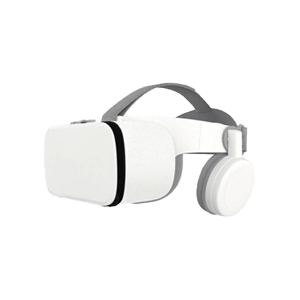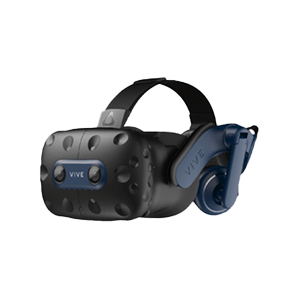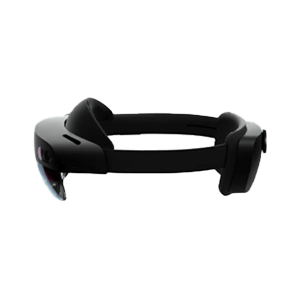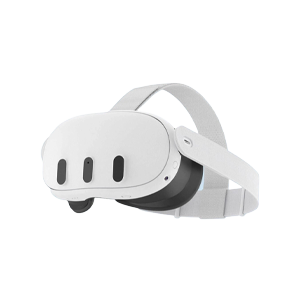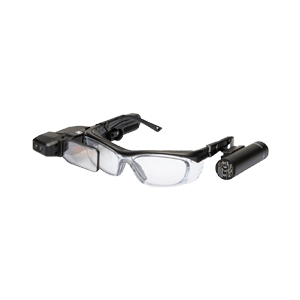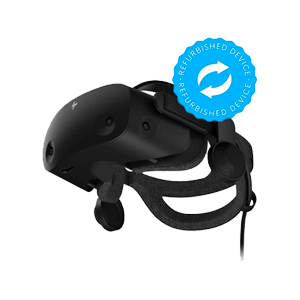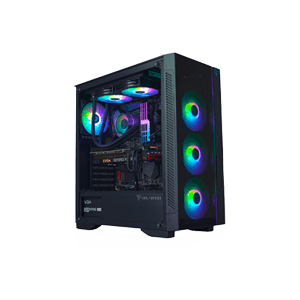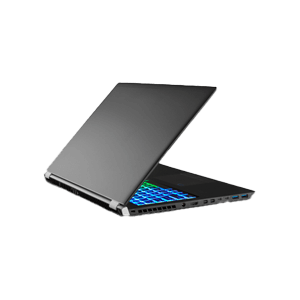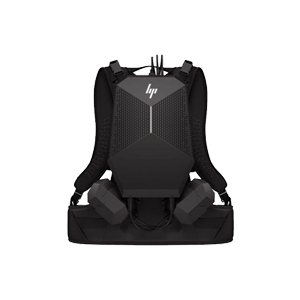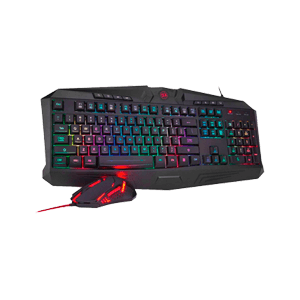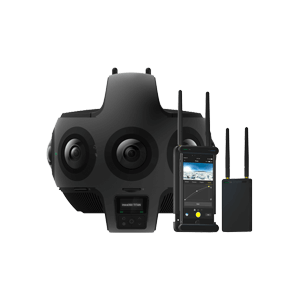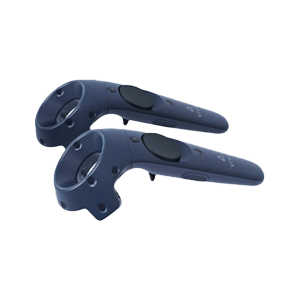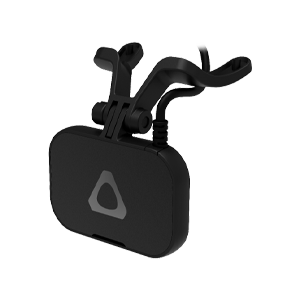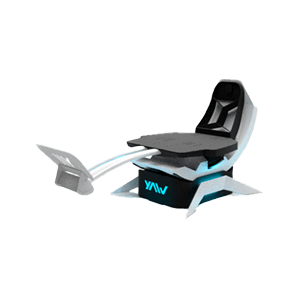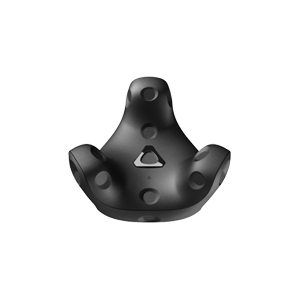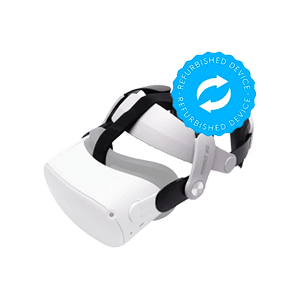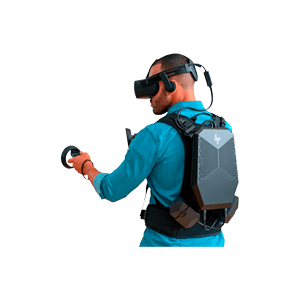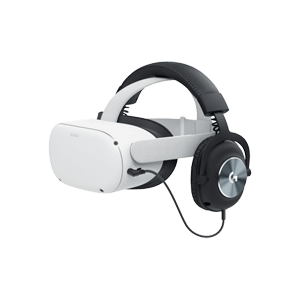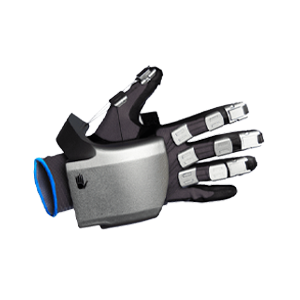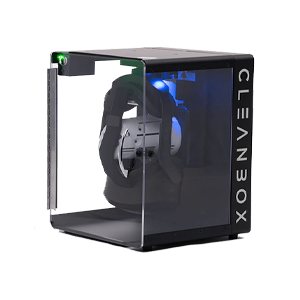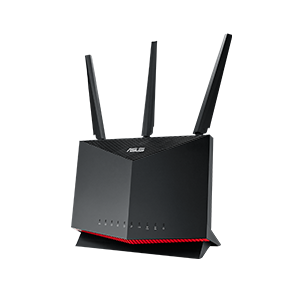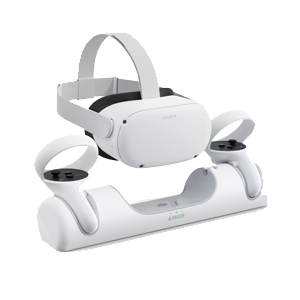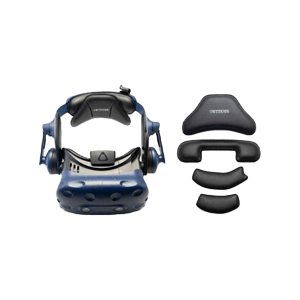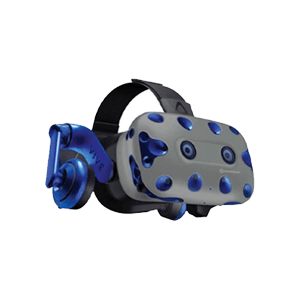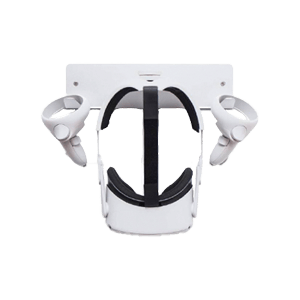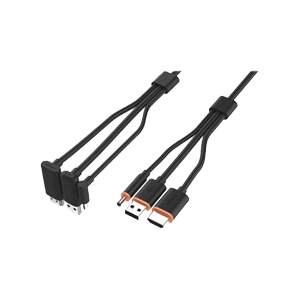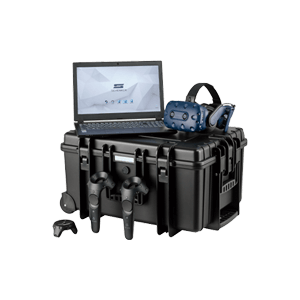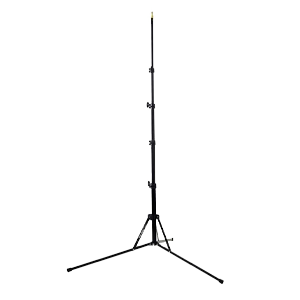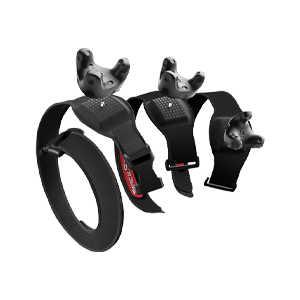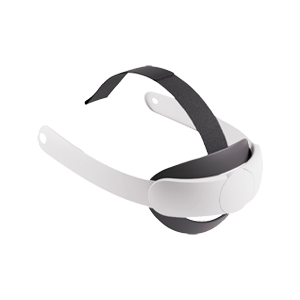Comparison of VR headsets
More and more Virtual Reality glasses are being made by manufacturers. But which glasses are the best? To answer that, we have created a handy comparison table that shows all the important specifications of the VR glasses at a glance.
In this comparison table a number of terms are used to indicate how the hardware works. Based on these specifications, you can decide for yourself what is the best VR headset for you. For example, are you looking for something that you can play well on? Do you want to use the VR headset in a business environment? Separate VR glasses can be devised for every situation. Need help choosing your VR glasses? Please do not hesitate to contact with us!
Display type
The type of screen, also called Display, is important for your viewing experience. In general, three types of screens are used: OLED, (super) AMOLED and (dual) LCD. One is not so much better than the other, but they do have different properties. The first in this list, and perhaps the longest on the market, is LCD. By using with color efficiently, it consumes the least energy. The disadvantage is that the black colors can appear as dark gray. OLED, on the other hand, makes the black colors really look black. Last in the list is AMOLED. The advantage is that it has a faster refresh rate, which makes the screen response time run smoother. But this also ensures that he uses more energy. In general, the newer VR headsets only use LCD and OLED.
Resolution (per eye)
The resolution of a VR headset says something about the number of pixels that can be displayed. This is usually shown as width x height (eg. 1080x1200). The higher this resolution, the sharper the image. Please note, with VR glasses, the image is often displayed on two screens (so 1 for each eye). The image resolution is therefore generally shown as 'per eye'.
Field of View (FOV)
The field of view, also called field of view (FoV), shows how far you can see next to and above you without turning your head. This is always indicated in a number of degrees and can sometimes be called both horizontal (left and right) and vertical (top and bottom). So you would think; the higher the better, but this must be in balance with the weight and size of the Headset. The sweet spot on most high-end models is approximately between 110 and 120 degrees. When the field of view expands, you can begin to experience screen distortion. The disadvantage of this is that you have a very wide field of view, but it does not look that sharp.
Refresh rate
The refresh rate (or refresh rate) says something about the degree to which the image is refreshed. With a low refresh rate you see the image a bit more stuttering, while a very high refresh rate renders the image a lot smoother. The refresh rate is directly related with to the graphics power. This means that if you have a Headset with high refresh rate, and you want to play a graphics-heavy game, you need a good graphics card to play this game smoothly.
tracking method
The manner of tracking says something about how a Headset can move itself and its Controllers in the room. SteamVR tracking is characterized by the base stations (or lighthouses) that are placed in the corners of the room. This method of tracking is often seen in, for example, VR arcades, because it provides the most reliable (360 degrees) tracking under most circumstances. The inside-out tracking is becoming increasingly popular with many Consumers headsets. This is due to with ease of use, because with inside-out tracking you no longer have to set up external sensors. The tracking at inside-out tracking takes place in the Headset itself. The quality of the tracking often depends on how many inside-out tracking cameras are built into the Headset (this varies from 3 to 6).
Recommended GPU
The recommended GPU is the graphics card that should be in the PC for the VR headset to play nicely and smoothly. In general, the higher the image resolution of the VR headset, the more powerful the GPU should be.
Curious about the right PC for your VR headset? Then view our offer VR-Certified Desktop PCs or contact with our VR specialists!
Frequently Asked Questions
Which VR Headset is the best?
VR glasses can be devised for every situation. For this reason, there is no best VR glasses, because you have to choose VR glasses for the applications that you want to do with them. Currently, the HP Reverb G2 is the VR headset with highest image resolution for Consumers. Are you a business user? Then the HTC VIVE Pro 2 and the HTC VIVE Focus are 3 good choices.
Which VR Headset should I buy?
The choice of your VR glasses depends on what you want to do with them. Are you looking for extremely high quality (and also have the graphical power to play it)? Or are you looking for something more accessible on which you can game with on a slightly less powerful PC? Based on these criteria, you can determine the best VR glasses for your use.
Which VR Headset has the highest image resolution?
At the moment, the Pimax VR glasses and the HP VR glasses have the highest image resolution of all (common) headsets. Please note, to get the most out of your screen with the Pimax 8K Plus, you must have a very powerful Computer (recommended: GTX 1080 Ti). The HP Reverb (G2) is therefore a better choice if you have a less powerful PC. The new HTC VIVE Focus 3 (a Standalone VR Headset) also offers a very high resolution with nice screen.
Which VR platform has the best games?
There is something to be said for both VR platforms. The Oculus Store has some nice exclusive games, such as Echo Combat and Robo Recall, but generally many of the same games can be found in the stores. The advantage of Steam is that you can easily develop your own content, which makes VR glasses such as the HTC VIVE Pro or VIVE Cosmos ideal for developers.
What is the latest VR headset?
VR glasses follow each other in rapid succession. This is comparable to with smartphones; Every year you see a number of new glasses appear. At the moment [June 2021] the latest ones are VR headsets: HTC VIVE Focus 3 and HTC VIVE Pro 2.



